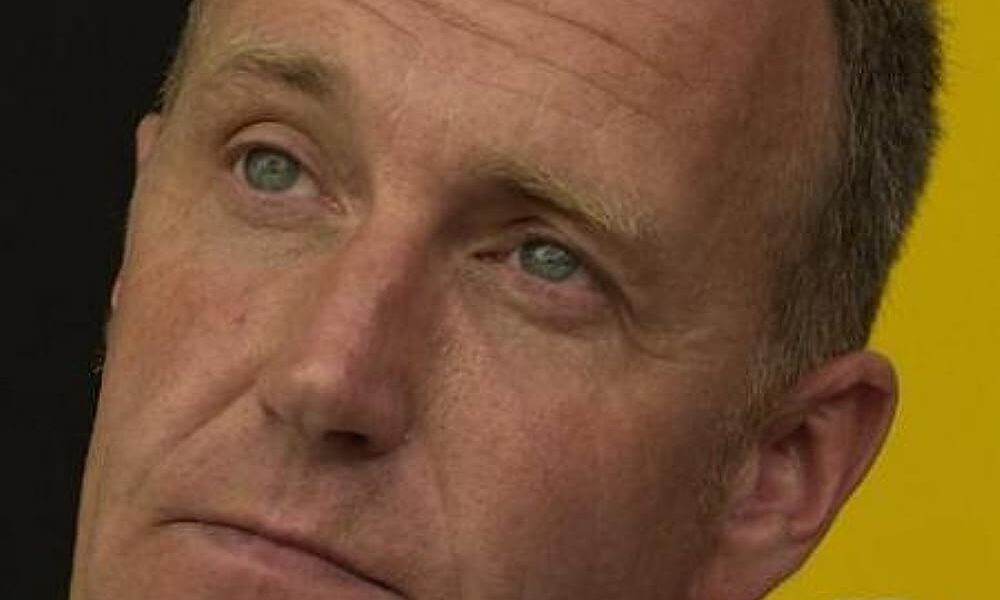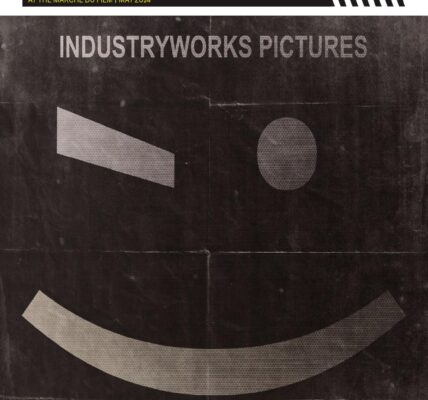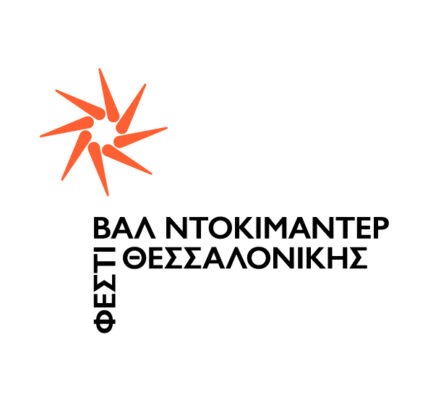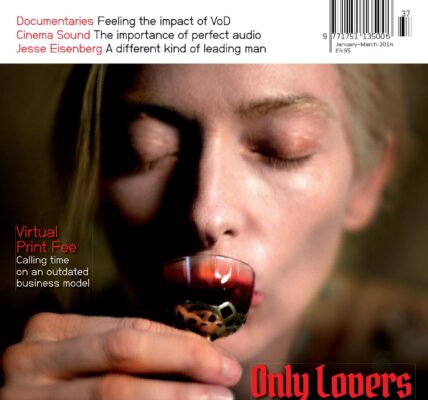You were once the frontman for The Skids; how has your musical background informed your approach to filmmaking and screenwriting?
Your latest film, Wayland’s Song, tells the story of a British soldier returning from Afghanistan. How did you ensure authenticity while writing?

Richard Jobson
Wayland’s Song is about something that I feel strongly about: a man coming home to a country that doesn’t really give a shit. His family have fallen apart because of the horror of what he’s been through. It’s affected, if not infected, everyone around him. There’s a dualism running throughout the film, the sense that he’s never really here—a ghostly presence, an avenging angel. It’s got more elegance and subtext than your standard British revenge thriller, which are mostly gangster stories or some completely trivial bollocks that has no meaning to our lives. It’s an evolution of all the other projects I’ve been doing from the very beginning. I’ve chosen to go down a very specific route, using technology that enables high production value without being reflected in the budget.
You are a fiercely independent filmmaker; do you write your screenplays purely for yourself, or is it important to keep a potential audience in mind?
I’m definitely thinking about the audience. That’s why I transpose my stories into genre; in this case, the revenge thriller. I’m often surprised when I’m sitting on panels with other writers and directors at how little they go to the cinema. That again falls back to the punk days. You were playing your songs on stage and then you were offstage in the audience watching the next band. There was never a differentiation. I’m an audience member who also makes a product.

Wayland’s Song
Similarly, you are vocal about the importance of retaining artistic independence during the creative process…
My process is the opposite of most directors’ careers: where their budgets go higher, I go lower. That’s to do with wanting to retain some kind of control and ownership. I want to own my projects. I don’t want to give them away for a pittance and never see a penny back. I don’t take any public money whatsoever because I don’t want the public bodies involved. I don’t want them telling me to change characters or storylines, I’d rather talk to the people around me who I trust—and who will be very critical of the work, I might add—but I’d rather listen to them than to people who for the most part have never even made a film. We are some of the truly independent filmmakers in the UK. If you take money from the public purse, you’re not an independent filmmaker; they’re all over you, your choices are nullified by their demands.
Your creative process differed quite substantially on Wayland’s Song compared to previous projects. Can you tell us more about your exclusive use of Adobe’s Creative Cloud toolset for this film?
Adobe took the bold direction of saying, ‘Why don’t we get involved with this film and see if it’s possible to use every bit of development and production software that we have available to make a movie.’ So we agreed to try. I found Story Plus to be advantageous because I’ve never scheduled before but I learnt how to schedule very quickly. When we were happy with what we needed from script to schedule, we went straight into production. From the first day we were using something called Prelude to ingest the material, and [from that] straight into Premiere. All this software talks to each other; you can use all that metadata in a very productive, fast, economical way.
On set, we started to create graded templates with SpeedGrade. We were shooting with the Canon C300 and the raw data coming out of that looked really milky and soft; it was really alarming how bad it looked but the whole point of those cameras is that you’ve got 12 stops of latitude in either direction. Once you apply the SpeedGrade templates, you suddenly see you’ve got something rather beautiful on your hands. That was an illuminating and exciting thing for us.

Richard used Adobe’s Creative Suite at all stages of Wayland’s Song
Once we got through the early stages of developing a cut of the film and applying grades, we went into After Effects where we did compositing and effects work, which normally would only be afforded by a film with a multi-million-pound budget. But I think in the right hands that old punk-rock DIY ethic really works, if you’ve got a knowledge of the software and what can be done with it. You have to find creative solutions for your problems and this software offers you that advantage. After the compositing and 3D modelling we pulled that work back into SpeedGrade to do a final grade and then created a DCP (Digital Cinema Package). I guess the idea from Adobe’s point of view was, ‘Can you start a project and go all the way to the very end?’ The answer is yes.
How do you see such cloud technology shaping filmmaking in the future?
For micro-budget filmmakers, it’s got to be the way forward. It’s like having a band again: you’ve got your drummer, your bass player, your guitarist, the right tools to create the right noise. It makes it possible to be more ambitious with your work visually. That’s why Adobe were interested in being involved with us, a small team who make small movies but with big ambitions. They see the model we are working within as being the future. The world of cinema is changing dramatically. To go off and make a £20m art-house film is impossible these days. You’d be lucky if you got two or three million pounds. That’s a big change and it’s here now. So what we’re doing is where a lot of people will find themselves.











